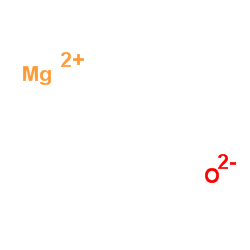| Structure | Name/CAS No. | Articles |
|---|---|---|
 |
Magnesium oxide
CAS:1309-48-4 |
|
 |
gallium(iii) oxide
CAS:12024-21-4 |